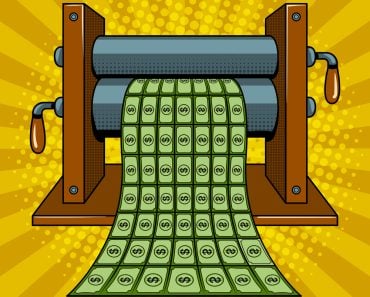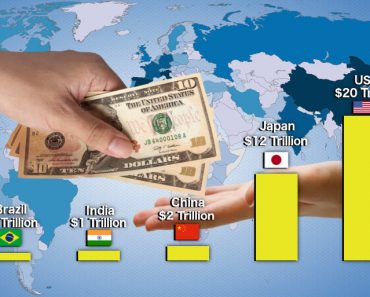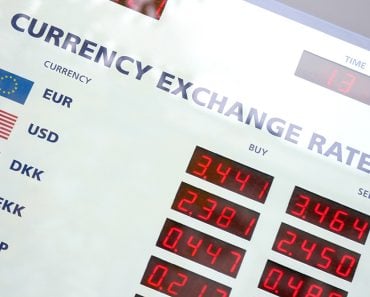Table of Contents (click to expand)
Lenders and borrowers encounter a different fate when it comes to inflation. While borrowers benefit from the reduced real value of repayment, lenders employ strategies to inflation-proof their interest rates. Central banks play a crucial role in setting inflation expectations through base rates, while lenders also adopt multiple strategies to curb their losses.
Assume you borrowed $10,000 from a bank today. You have promised to repay it within a year at an interest rate of 5%. By the end of year one, you owe the bank $10,500, i.e., the principal of $10,000 and the interest accumulation of $500. Let’s complicate this situation slightly by adding different scenarios of inflation.
Suppose there has been inflation of 5% by the end of year one. At the end of year one, although you pay back $10,500 to the bank, its real value has been reduced by 5%. The real worth of the money, or rather the purchasing power of $10,000, has been reduced by $525 (5% of $10,500). Therefore, the value of $10,000 borrowed in year one, despite having interest charged on it, stands at only $9975.
Similarly, if you take alternate scenarios wherein the inflation rate is equal to or higher than the interest rate being charged, the effective return that the bank receives will always be less, despite what the nominal value depicts.

This small scenario shows us that the bank is the loser, while the borrower is the winner, during times of inflation. Banks, lending institutions or individual lenders need to be sharp in terms of charging interest rates, as an economy can encounter inflation for a vast number of reasons. Hence, lenders need to consider inflation expectations when setting an interest rate.
Recommended Video for you:
How Do Banks Inflation-proof Their Interest Rates?
Banks are a business. Only their profitability can ensure their survival. Since banks know how inflation can impair their balance sheets, they adopt multiple rates over and above the base rate to “inflation-proof” their lending rates.
Borrowers are offered choices in picking between types (fixed vs. variable), payout periods (annual, monthly, quarterly) and, in some cases, loan types (mortgages, personal, asset, credit cards etc.). Moreover, interest rate setting is also heavily influenced by an individual’s credit score, which is based on their borrowing history. We will not go into the nitty-gritty of each of these types.
That said, it’s important to understand that banks offer an array of options not merely to make their offerings attractive, but rather to account for various factors, ranging from operational costs, inflation, credit scores, inflation premiums, maturity premium, and risk premiums to borrowing period, inter-bank rates, profit rates and more.
A combination of some or all of these factors become components of the interest rate charged to the borrower, as different types of loans, borrowers, and economic conditions result in a wide array of combinations that a bank can explore before charging an interest rate.
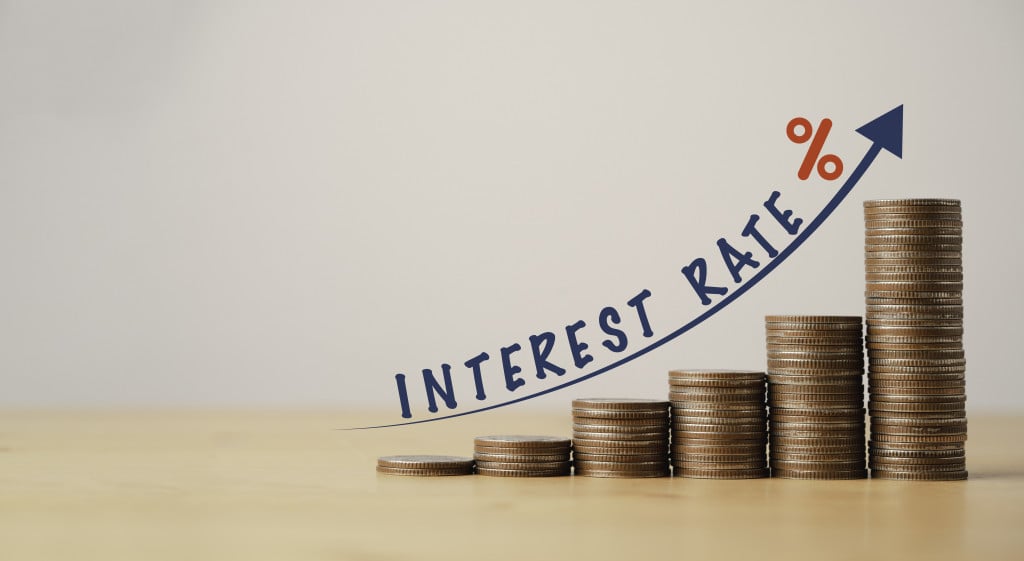
The base rate is the minimum rate upon which the banks adjust for the various factors explained above to offer a final rate to any borrower. The central bank of any country sets the base rate. The base rate is altered by the central bank primarily to keep the inflation of the economy in check.
Since banks choose the base rate as the minimum rate upon which other components are added based on key attributes, it ensures that the bank is able to earn returns on their loaned funds. However, it is important to understand that despite any measures adopted by the bank, inflation will erode the real value of any amount received as repayment. A bank can only manage the loss of this real value caused by inflation, as it cannot mitigate the effects entirely.
How Does The Central Bank Of Any Country Help In Setting Inflation Expectations?
The country’s central bank is the country’s most credible institution. It influences the interest rates in the economy by controlling the monetary policy. To maintain this credibility, they must ensure that inflation expectations stay well anchored. Developed countries like the US, for instance, target a specific inflation rate (2%), whereas developing countries like India, for instance, try to maintain inflation within a range. This targeting is undertaken to give long-term stability to other institutions that rely on this targeting to make business decisions.
While lenders are the losers during an inflationary situation and borrowers are the winners, the central banking institution must maintain this balance. Operating at either of the extremes (all losers or all winners) would erode public faith in the currency of the economy due to hyperinflation.
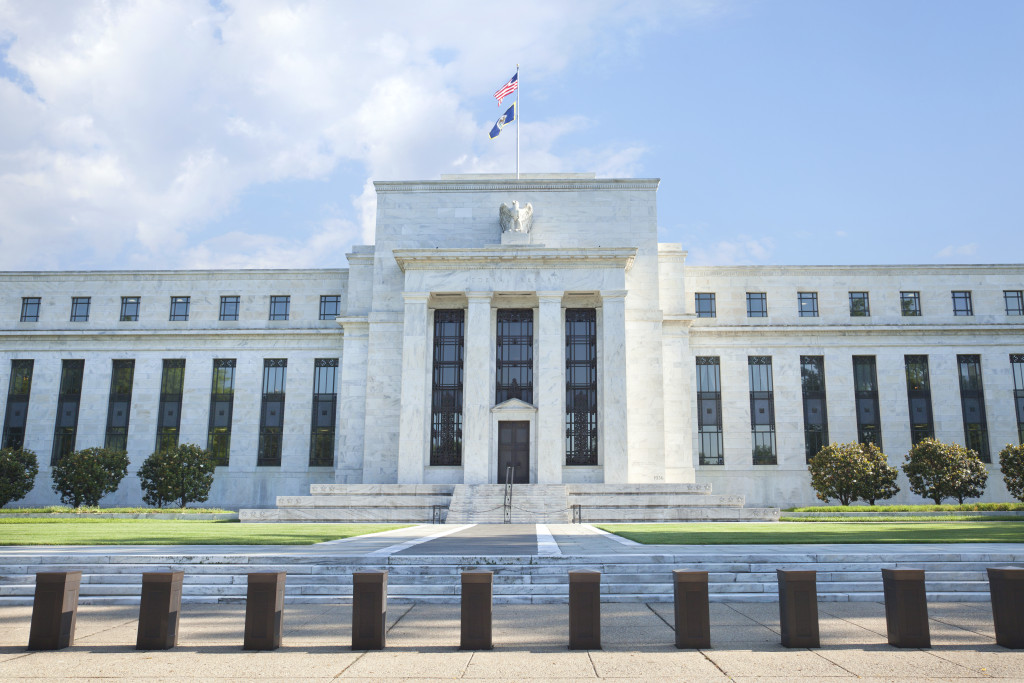
The central bank plays a critical role in setting inflationary expectations in the economy by setting the base rate. Any alteration of the base rate depends on inflation in the economy. If prices are on the rise, the central bank can increase this base rate to prevent overheating of the economy, i.e, discourage people from taking out loans to increase consumption or investment in the economy. Similarly, the base rate can be reduced if the central bank intends to increase consumption in the economy.
Lowering the base rate reduces the commercial interest rate in the economy and vice-versa. However, it is essential to note that banks need not reduce interest rates if the base rate is reduced for existing borrowers. Banks can still operate at their discretion. However, across the spectrum, banks ensure that competition persists in offering loans and lines of credit to attract customers.
The base rate is called by different names in different countries. In the US, it is known as the federal funds rate; in the UK and India, it is known as the repo rate. Conceptually, it all means the same—the benchmark rate.
Conclusion
In totality, borrowers might not always be the winners while lenders are the losers; it is important to understand that since lenders are aware of this, they will minimize their losses by adopting various pricing mechanisms, as described above—inflation-adjusted interest rates and the like. Moreover, banks also invest their money in other asset classes in the economy, which helps them attain a return and hold onto their profit margins if inflation periods persist.
Additionally, the conditions of the economy might impact borrowers adversely if they are fixed-income earners and have, for instance, lost their job; this makes it equally a loss for a borrower to pay back their lender. This shows that borrowers can also be losers in an economy during adverse situations.

